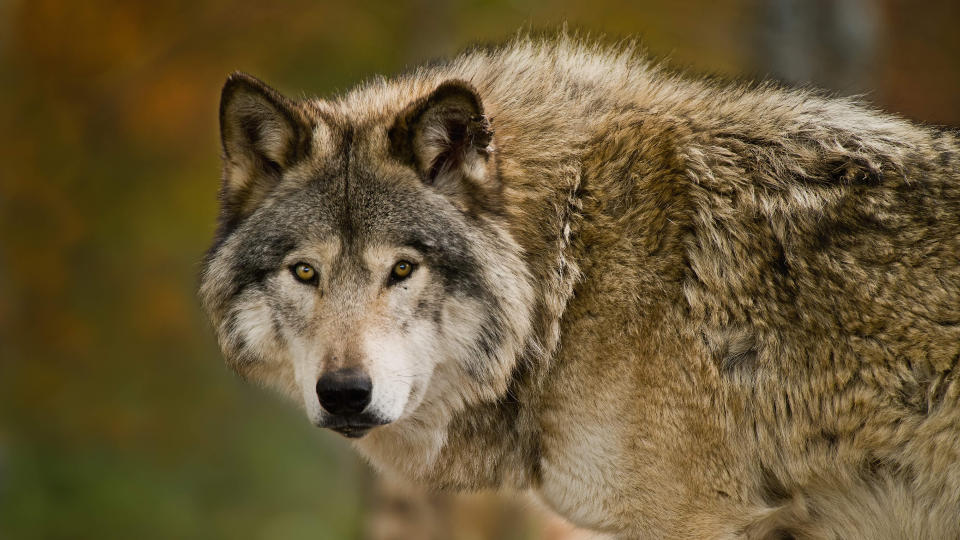Most wolves in the wild only live about three or four years, but one Yellowstone wolf has entered her 11th year – and just brought another litter of pups to the famous National Park.
Wolves were first reintroduced to Yellowstone nearly 20 years ago in 1995 and according to the National Parks Service, there are at least 124 wolves over 10 packs today. Some years, that number drops as low as 80, and wildlife officials expect older wolves to die, but this female keeps defying expectations.
According to a report in Wyoming’s Cowboy State Daily, the one-eyed wolf known as 907F from the Junction Butte Pack isn’t just surviving year after year, she birthed yet another litter of pups around two weeks ago.
“Any day, I kind of expect we’ll hear her tracking collar signal a mortality. But I’ve thought that before, and she’s always kept going, so maybe she’ll keep going,” says wolf researcher Kira Cassidy in the article, adding that the wolf had her first litter back in 2015.
Wolf pups stay in the den for a few weeks after birth, so Cassidy says that researchers haven’t yet set eyes on them, and don’t know the size of the litter. They have seen 907F leaving the den to find water and she reportedly looks to be in good health, despite her advanced age.
Wolves are often killed in fights with rival packs or stomped to death by larger prey such as elk and moose, while some are killed by traffic and hunters, but 907F managed to keep avoiding this fate and seems to grow wiser each year.
“An older wolf can know even simple things, like where it’s safest to cross a river during flood stage,” explains Cassidy.

Wolf safety
If you’re traveling to Yellowstone this summer, or any area that has wolves, the chances are still low that you’ll meet a wolf in the wild. If you’re lucky enough to see one, secure your dog first and foremost. If the wolf shows signs of interest in you, stand your ground, make yourself appear big and make some noise. Learn more in our article on what to do if you encounter a wolf on the trail.
Source Agencies


